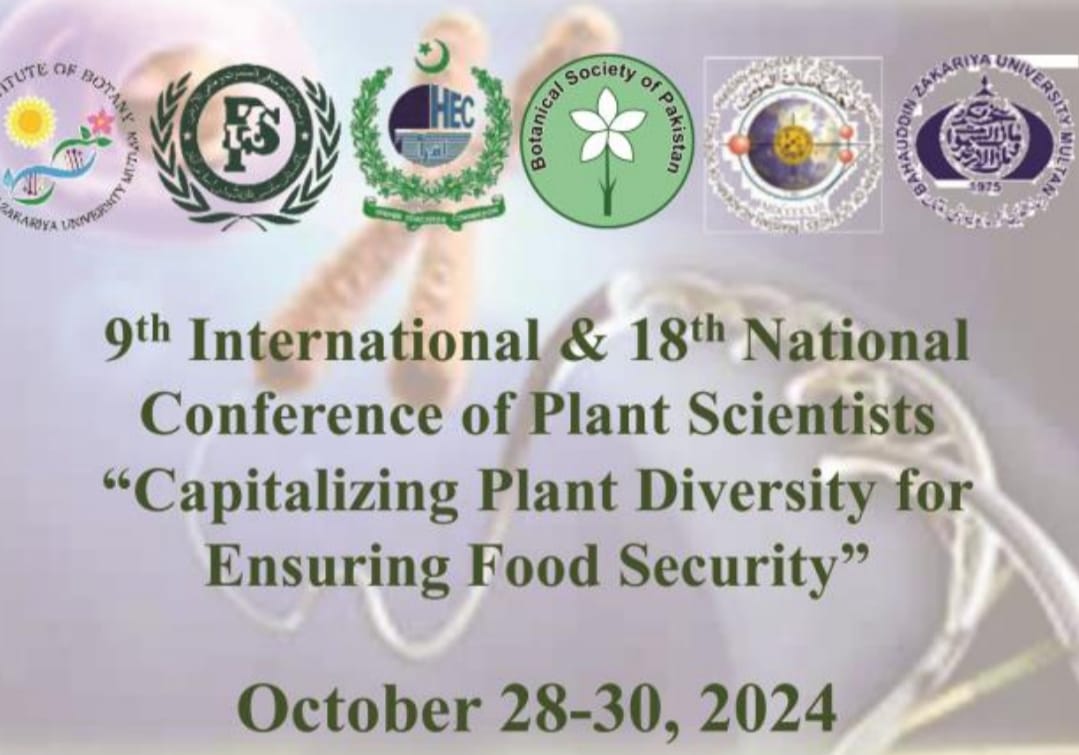
PJB-2018-1658
Effects of Trichoderma strains on the micro-ecology of the rhizosphere soil of Dactylis glomerata through high-throughput sequencing analysis
Jing-Xin Mao, Yang Yuan, Jin-Hua Zhang, Yin-Chen Wang, Xian-Xin Chen, Rui Wang, Yuan-She Huang, Hong Wang, Ye-Mei Yang, Ya-Jie Zhang, Yu-Zhu Han and Bing Zeng
Abstract
In the study, we used high-throughput sequencing as a tool for testing and comparing the microbes from two soil samples in terms of the microbial quantity, uniformity and diversity, showed that after the exposure to Trichoderma, the quantity of rhizosphere bacteria and Actinomycetes increased by 29.82%, as well as the relevant increasing of community uniformity and diversity. The quantity of rhizosphere eukaryotic microbes dropped by 9.1% while the species diversity was higher than CK with the comparative prominence of dominant species. On the total quantity of the microbes, T1 with exposure to Trichoderma was 4.51% higher than CK. In addition, the exposure to Trichoderma can increase the quantity of such communities as Nitrospirae which can promote the metabolism of mineral elements. The results showed that the application of Trichoderma can increase the number of the rhizosphere bacteria and actinomycetes of Dactylis glomerata, reduce the number of harmful fungi, improve the microbial diversity, facilitate the reproduction of some probiotics and improve the soil’s micro-ecology.
To Cite this article:
Download PDF


